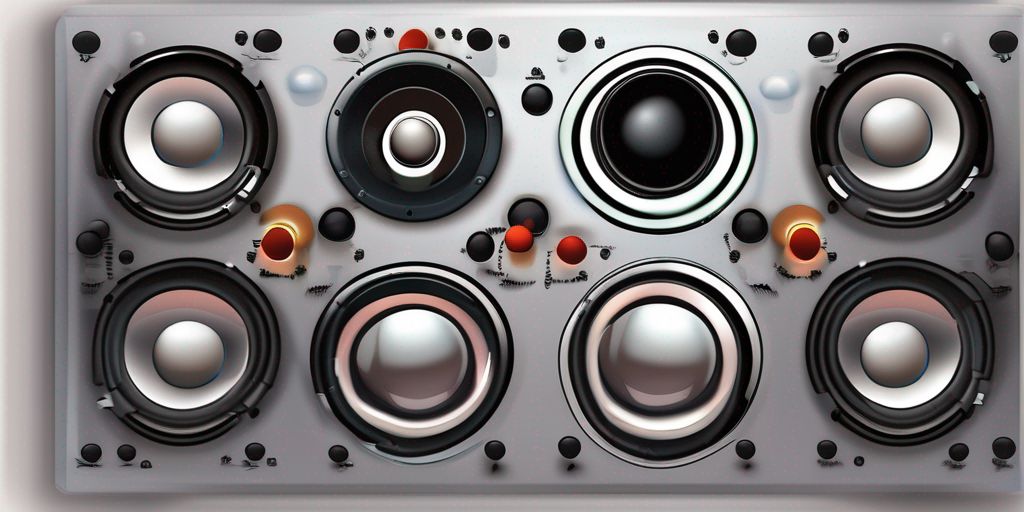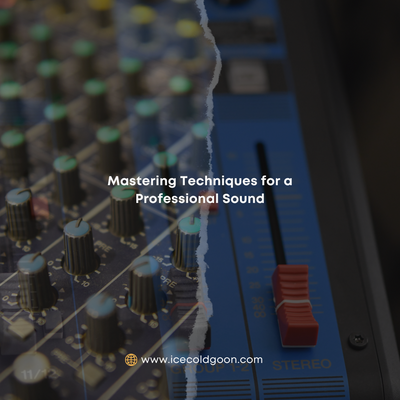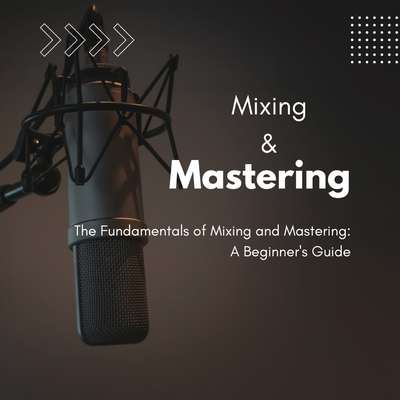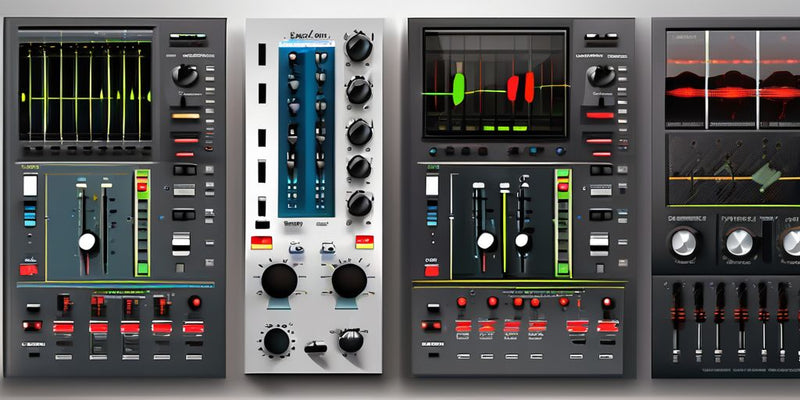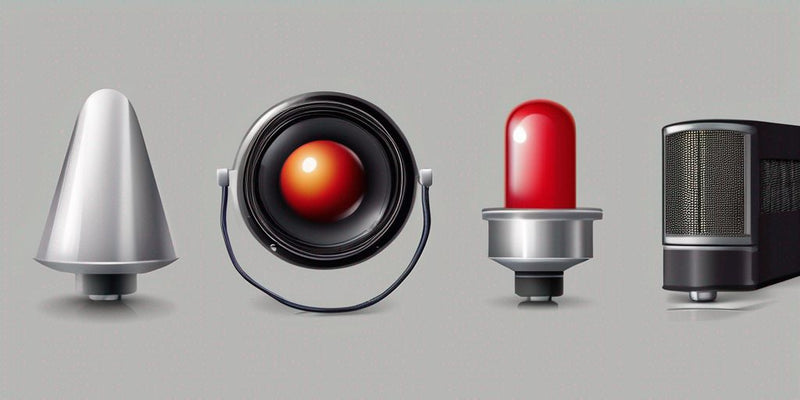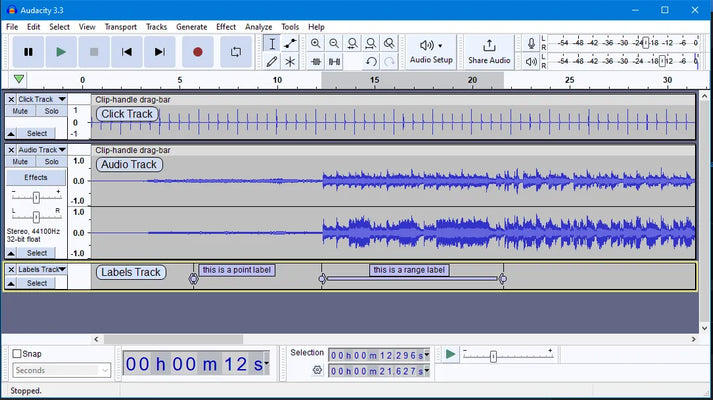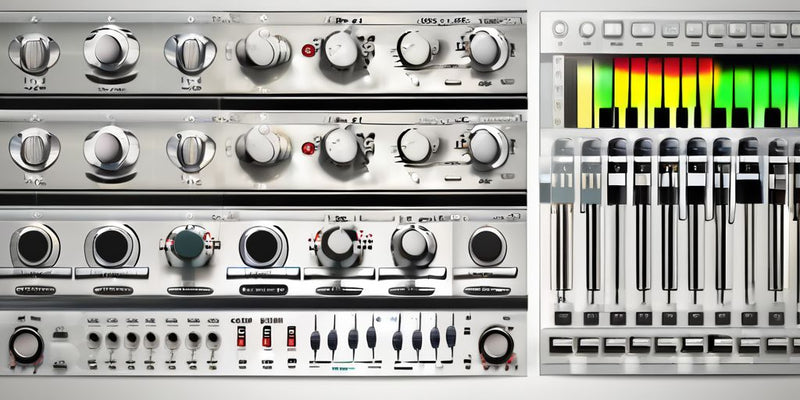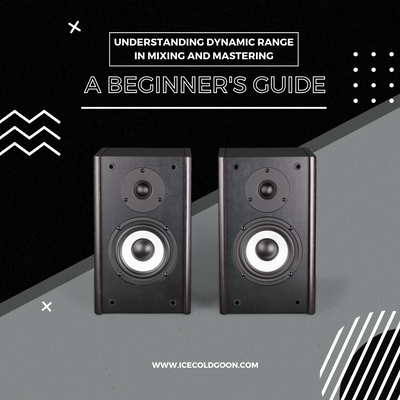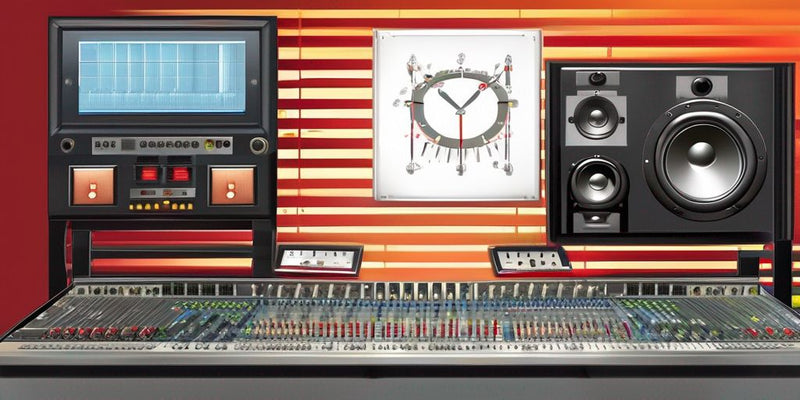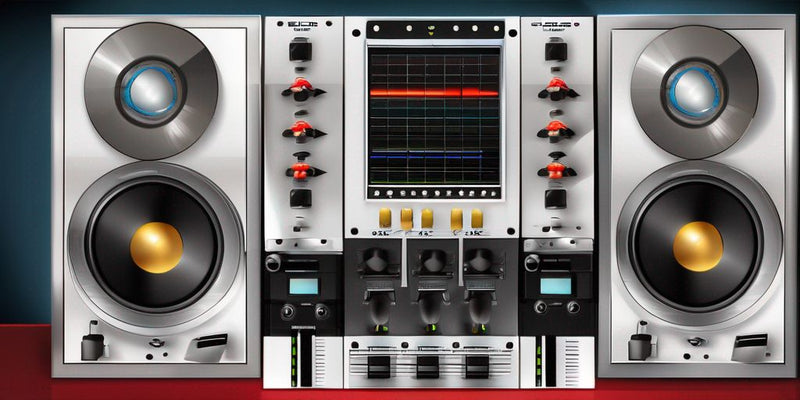Overview
In the dynamic landscape of music production, bottom-up mixing resonates, akin to its applications in various industries. Just as it orchestrates the blending of substances in pharmaceuticals or the food and beverage sector, bottom-up mixing in music involves starting the mixing process from the foundational elements and gradually building upwards. This meticulous technique ensures that every component, from the deepest bass tones to the soaring highs, is uniformly distributed and harmoniously mixed. While the music industry may not involve fluid, mechanical, or chemical mixing per se, the principles of bottom-up mixing align with achieving a cohesive and balanced sonic masterpiece.
Importance in Music Production
Bottom-up mixing is a critical process in the intricate world of music production. In an industry where the quality and consistency of the final product, in this case, the master track, are paramount, thorough and efficient blending of musical materials is essential. Just as it prevents the agglomeration of particles in an industrial setting, bottom-up mixing in music ensures the uniform distribution of sound elements, preventing any one instrument or frequency from overpowering the mix. The result is a harmonious blend that achieves homogeneity and stability, improving performance and minimizing wasted sonic potential. It plays a vital role in reactive processes, where the emotional impact of a musical piece is influenced by the availability and precise arrangement of musical elements. Bottom-up mixing is the linchpin for achieving high-quality music and optimizing the music production process.
Principles of Bottom-Up Mixing in Music
The principles of bottom-up mixing in music echo the careful control of various factors. As in industrial mixing, achieving a uniform distribution of musical components is paramount. This ensures that every instrument, from the foundational bass to the intricate highs, is evenly dispersed throughout the mix, resulting in a sonically homogenous final product. Controlling the agitation speed, albeit metaphorically in music, is crucial to prevent excessive turbulence or insufficient blending. The design of the mixing space, whether a physical studio or a digital workstation, plays a significant role in facilitating the movement and interaction of musical components. Adhering to these principles, bottom-up mixing techniques in music can produce high-quality mixtures, translating to consistent and immersive listening experiences.
Types of Bottom-Up Mixing in Music
Fundamental Elements
Just as mechanical mixing involves stirring or shaking in industrial settings, fundamental elements in music, such as drums and bass, lay the foundation for the entire mix. Automated methods like shear mixing find their analogy in shaping and sculpting these foundational components, ensuring they integrate seamlessly.
Instrumental Blending
Fluid mixing in music can be metaphorically related to blending different instruments. Whether it's the turbulent mixing of dynamic drums, laminar mixing of smooth strings, or dispersion of one instrument into another, achieving a harmonious fluidity among instruments is crucial.
Harmonic Chemical Reactions
In the metaphorical realm of music, chemical mixing involves the combination of harmonies and melodies, akin to the precise control required in pharmaceuticals. The success of chemical mixing in music depends on factors like harmony concentrations, tonal temperatures, and the time each musical element can interact.
Factors Affecting Bottom-Up Mixing in Music
Timbral Viscosity
The timbral viscosity, or the richness and texture of each instrument or voice, plays a crucial role in music. Instruments with higher timbral viscosity may require more attention in the mixing process to ensure thorough integration, much like the higher-viscosity fluids in industrial mixing.
Tempo Agitation Speed
The tempo, or speed at which the music unfolds, acts as the agitation speed in bottom-up mixing. Higher tempos generally result in faster and more dynamic mixes, but excessive tempo can lead to chaos or insufficient blending. Finding the optimal tempo for a specific musical application is crucial for achieving the desired sonic results.
Arrangement Container Design
The arrangement and design of the musical container, whether it's the studio setup or the digital workspace, significantly impact the flow patterns and mixing efficiency. A well-designed musical container promotes better musical movement and enhances mixing, ensuring each musical element finds its place in the sonic spectrum.
Conclusion: Harmonizing the Elements of Sound
Benefits of Bottom-Up Mixing in Music
Bottom-up mixing in music offers several benefits. It ensures the homogeneity of the musical mixture, blending diverse elements seamlessly from the foundational bass to the intricate highs. This meticulous process improves music quality and consistency, creating a balanced sonic landscape. Bottom-up mixing enhances the reactivity of musical elements, promoting efficient sonic transfer between instruments and frequencies. It also reduces the risk of sonic contamination, minimizing the formation of sonic artifacts and ensuring a clean, immersive listening experience. Ultimately, bottom-up mixing is crucial in achieving optimal performance and desired emotional outcomes in music production.
Applications of Bottom-Up Mixing in Music
In music production, bottom-up mixing finds applications across various genres and styles. Bottom-up mixing is pervasive, from fundamental elements like drums and bass forming the backbone of a mix to the fluid blending of diverse instruments and the harmonic chemical reactions of melodies and harmonies. It is crucial for achieving consistent sonic color, texture, and quality in genres ranging from classical to electronic.
Future Trends in Bottom-Up Mixing in Music
As technology advances in music production, bottom-up mixing will witness several future trends. One major trend is the development of more efficient and precise mixing equipment, catering to the evolving needs of producers and engineers. Another trend is automation integration in bottom-up mixing processes, with intelligent algorithms adjusting mixing parameters in real time. Additionally, there's a growing interest in sustainable mixing methods, exploring ways to reduce energy consumption and minimize sonic waste during the mixing process. These future trends aim to enhance the efficiency, accuracy, and sustainability of bottom-up mixing techniques in the ever-evolving world of music production.

